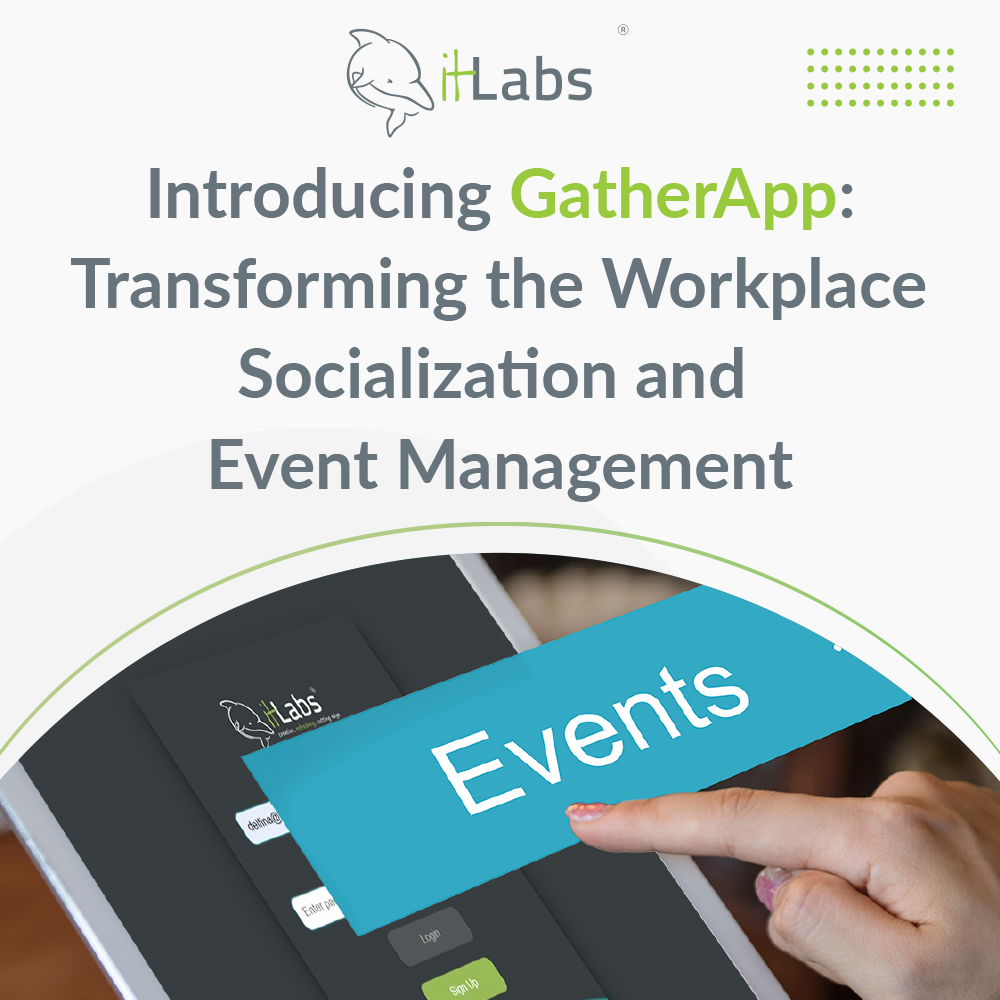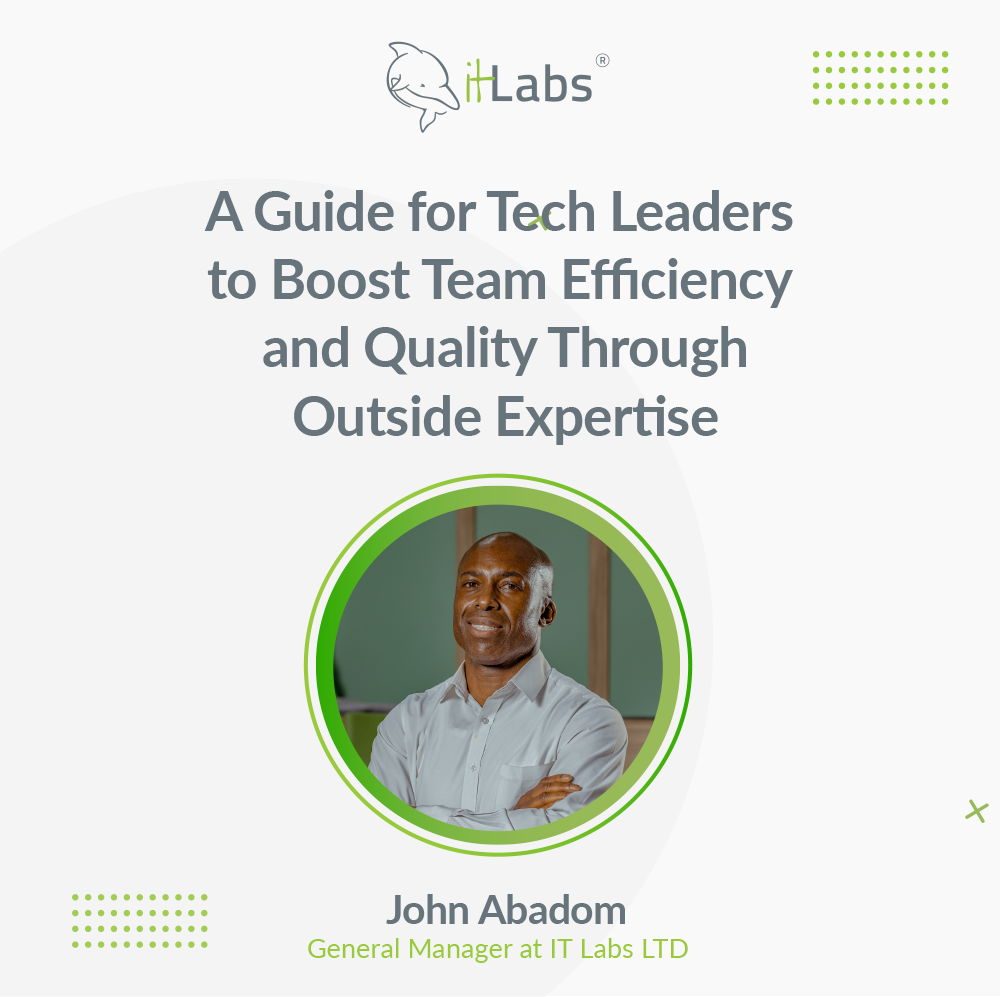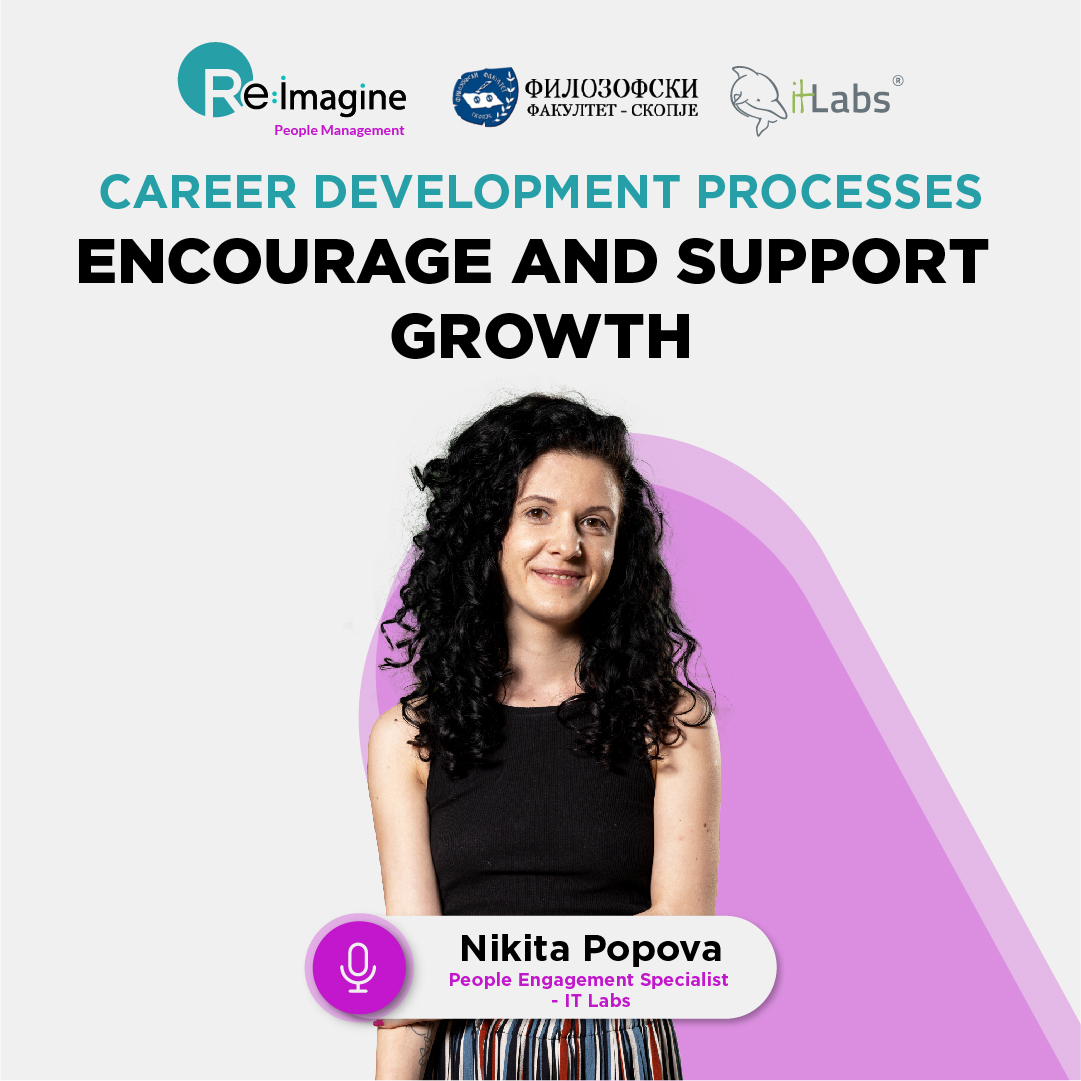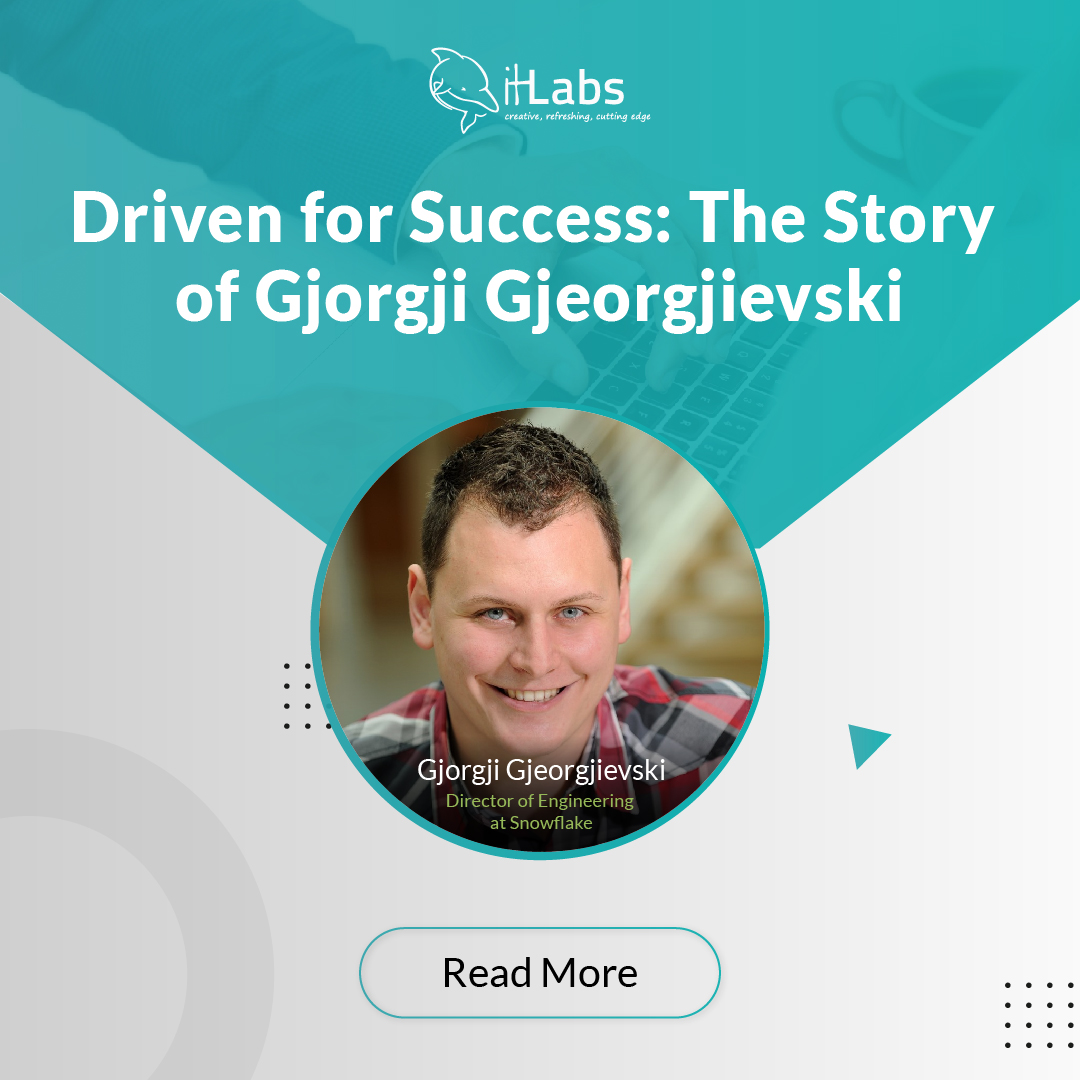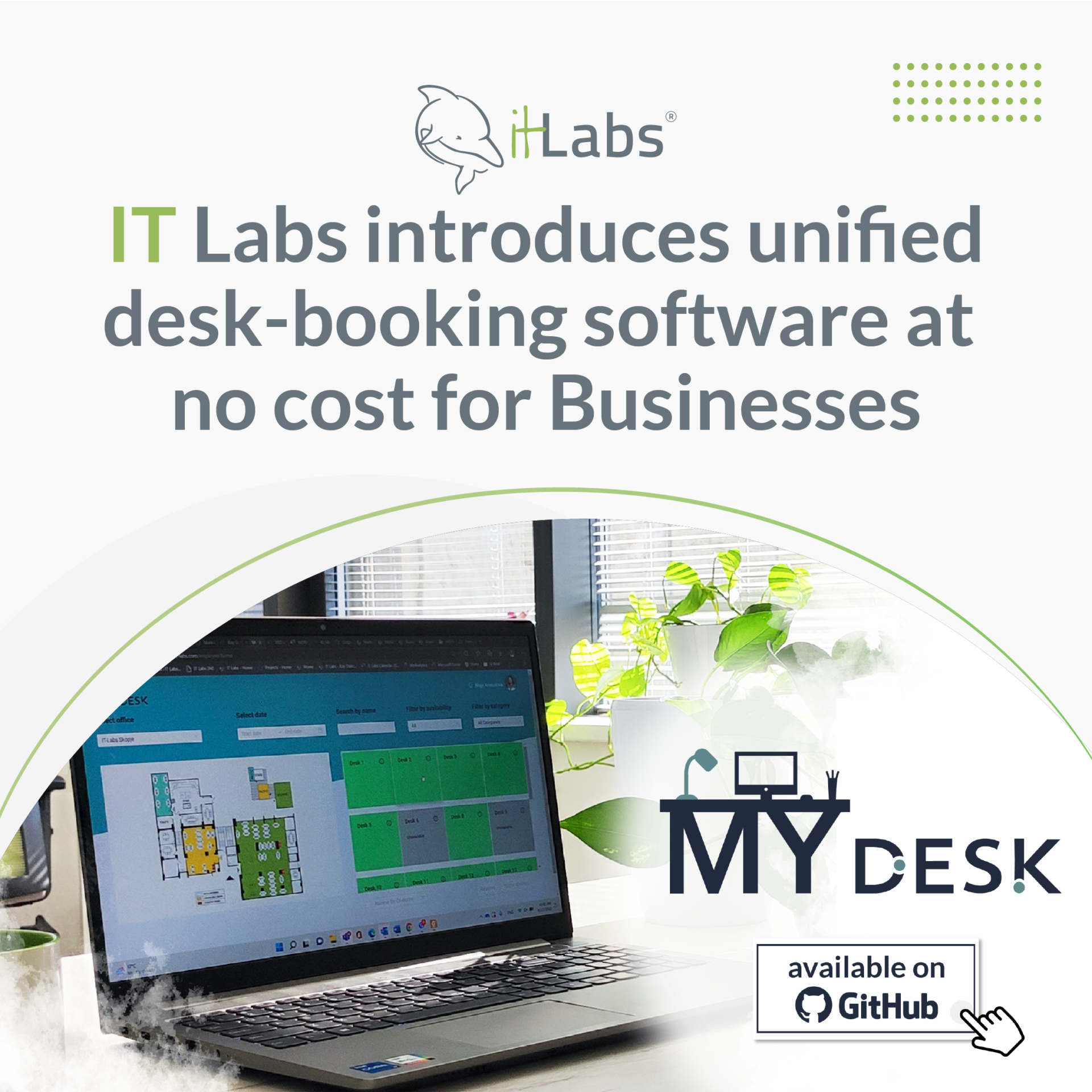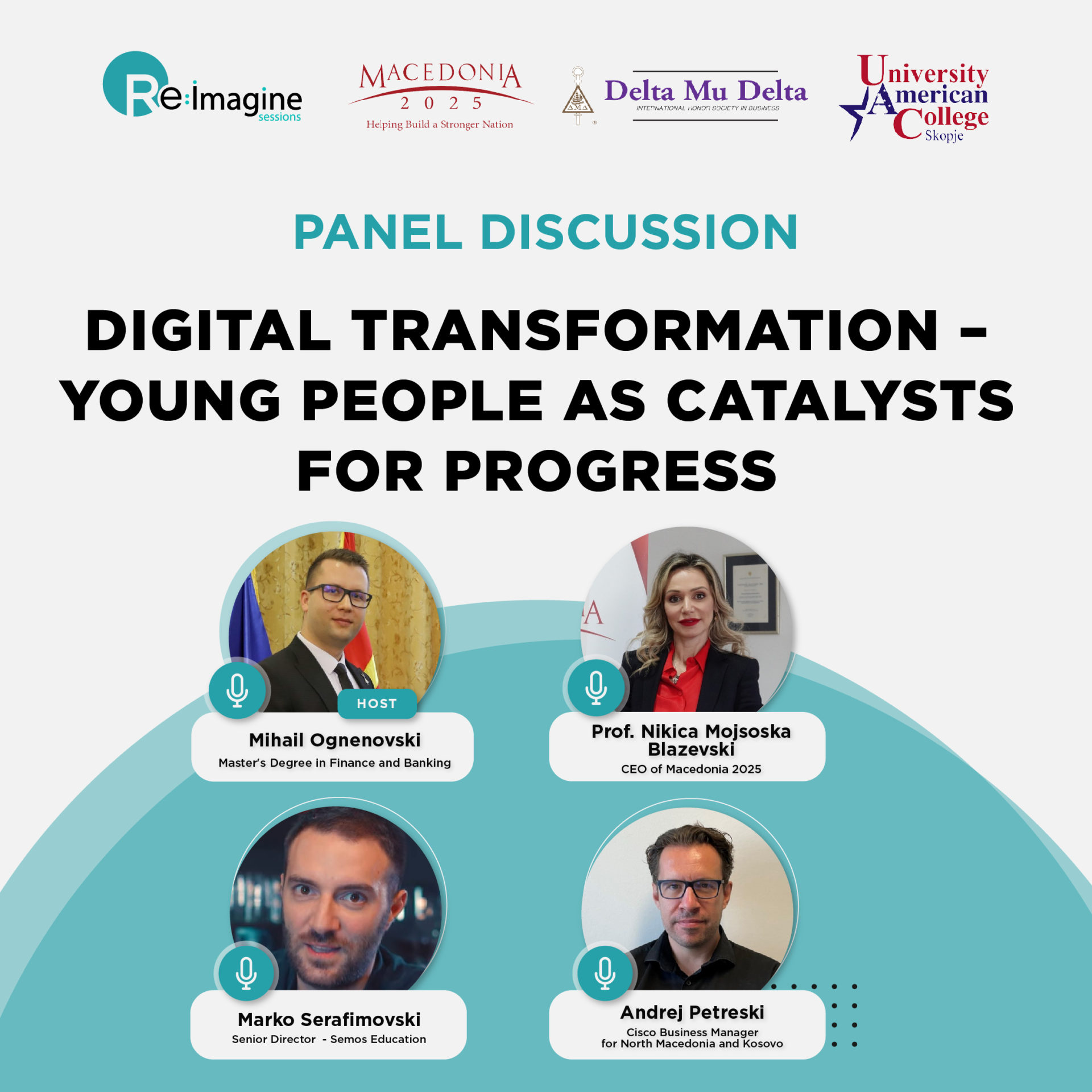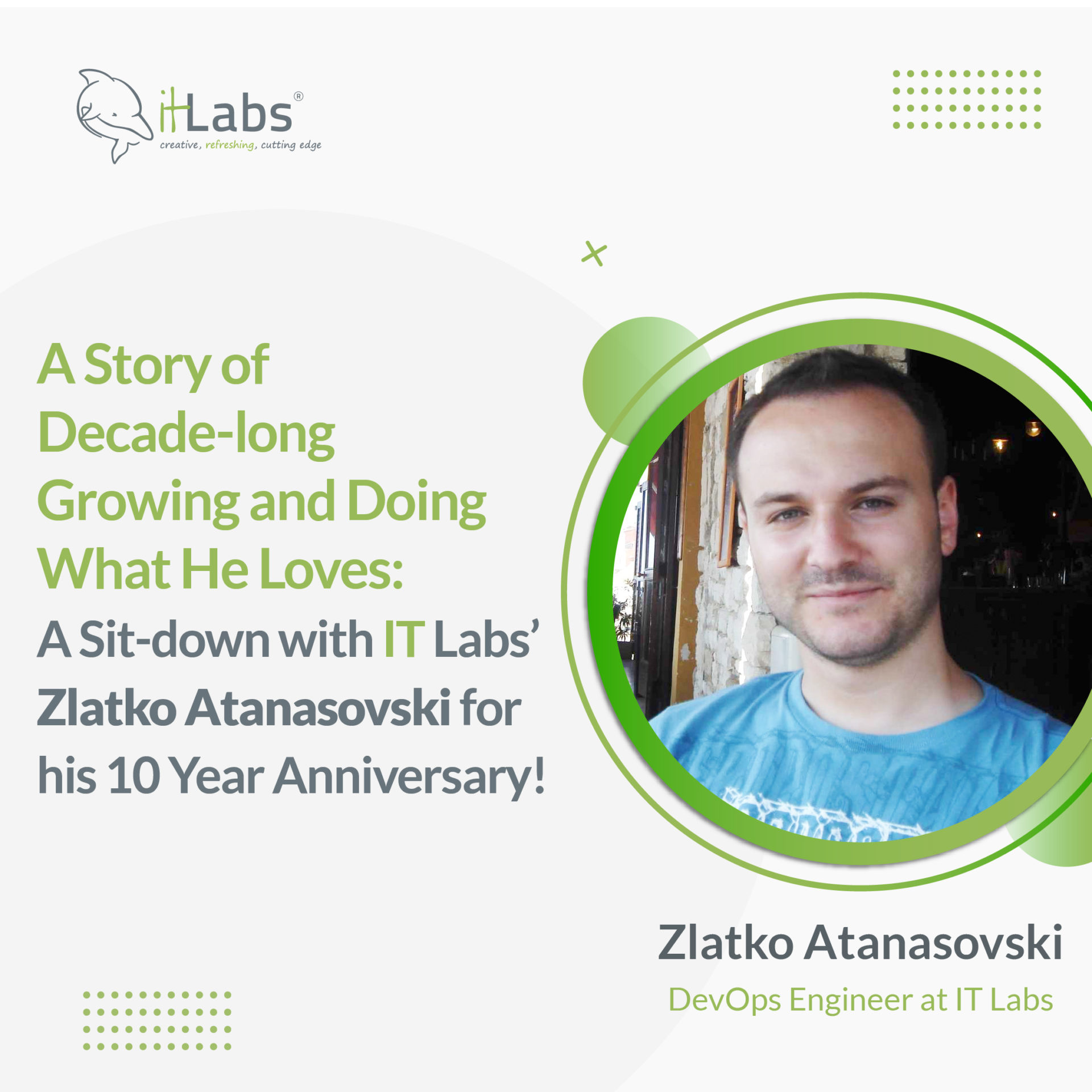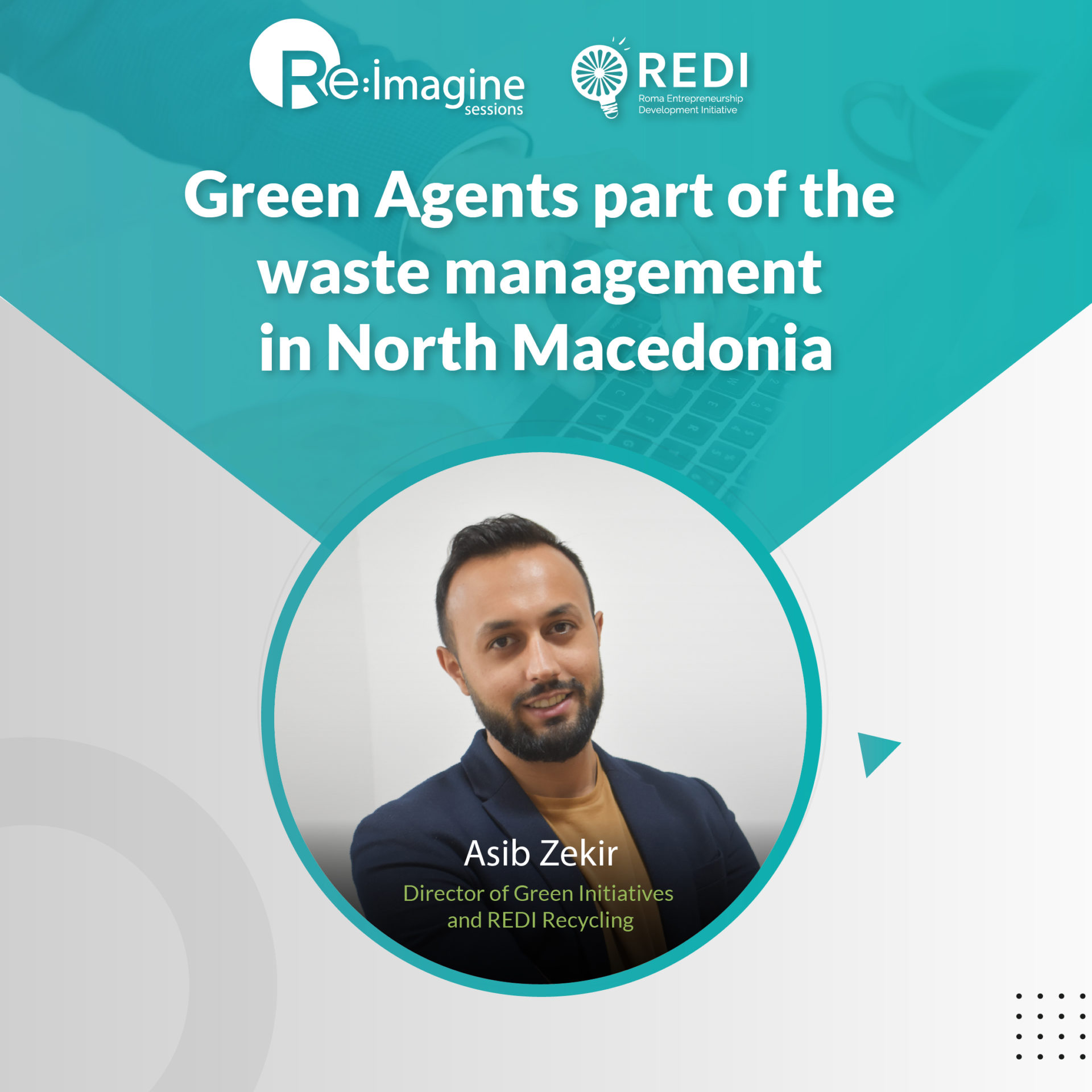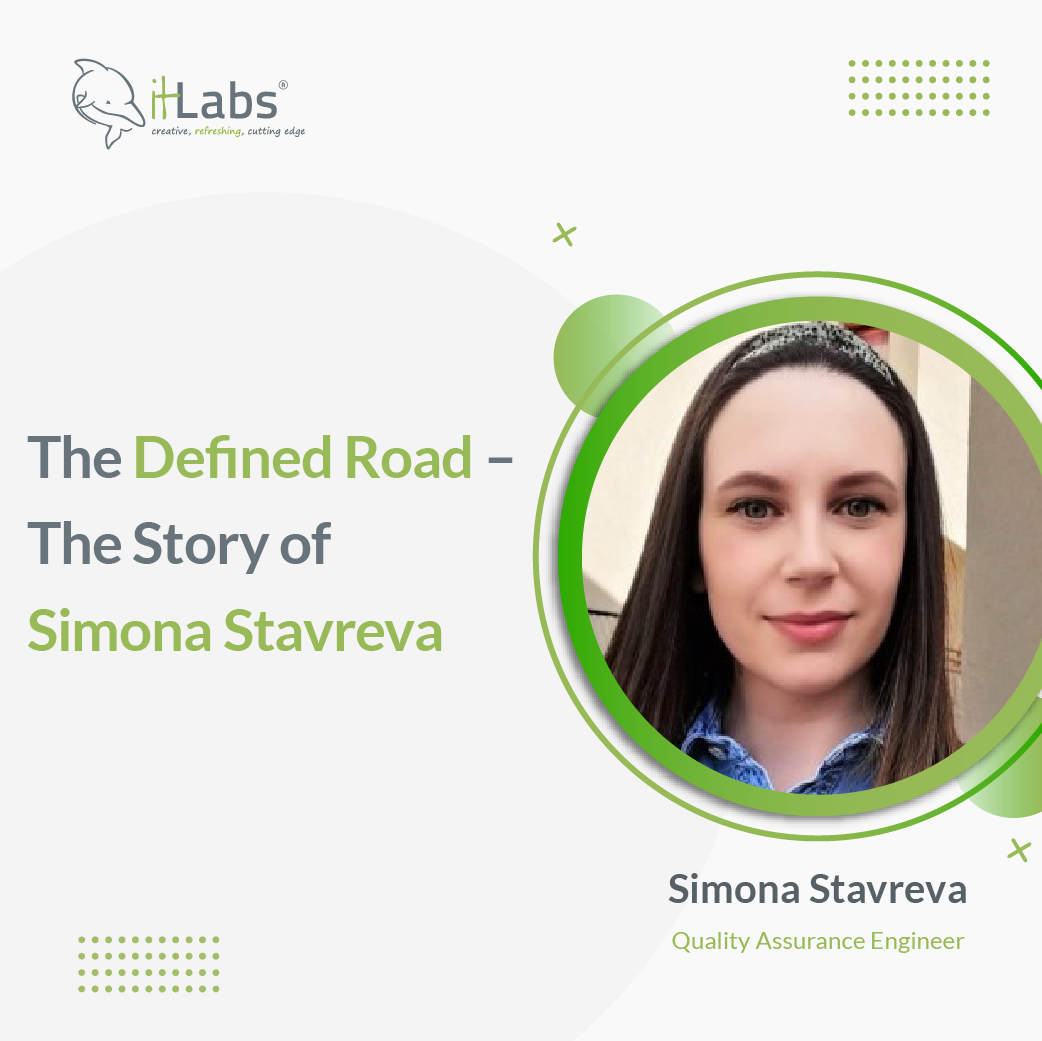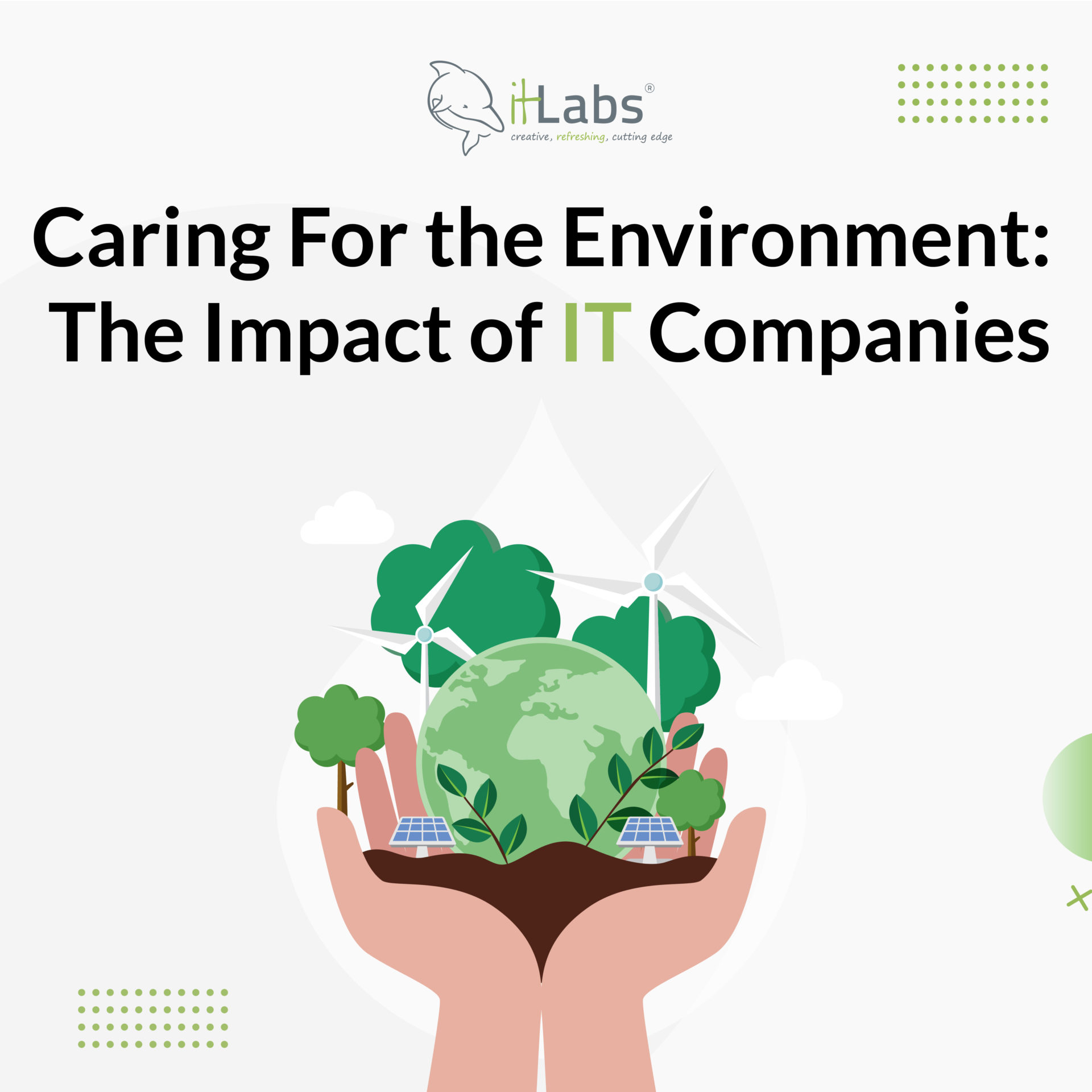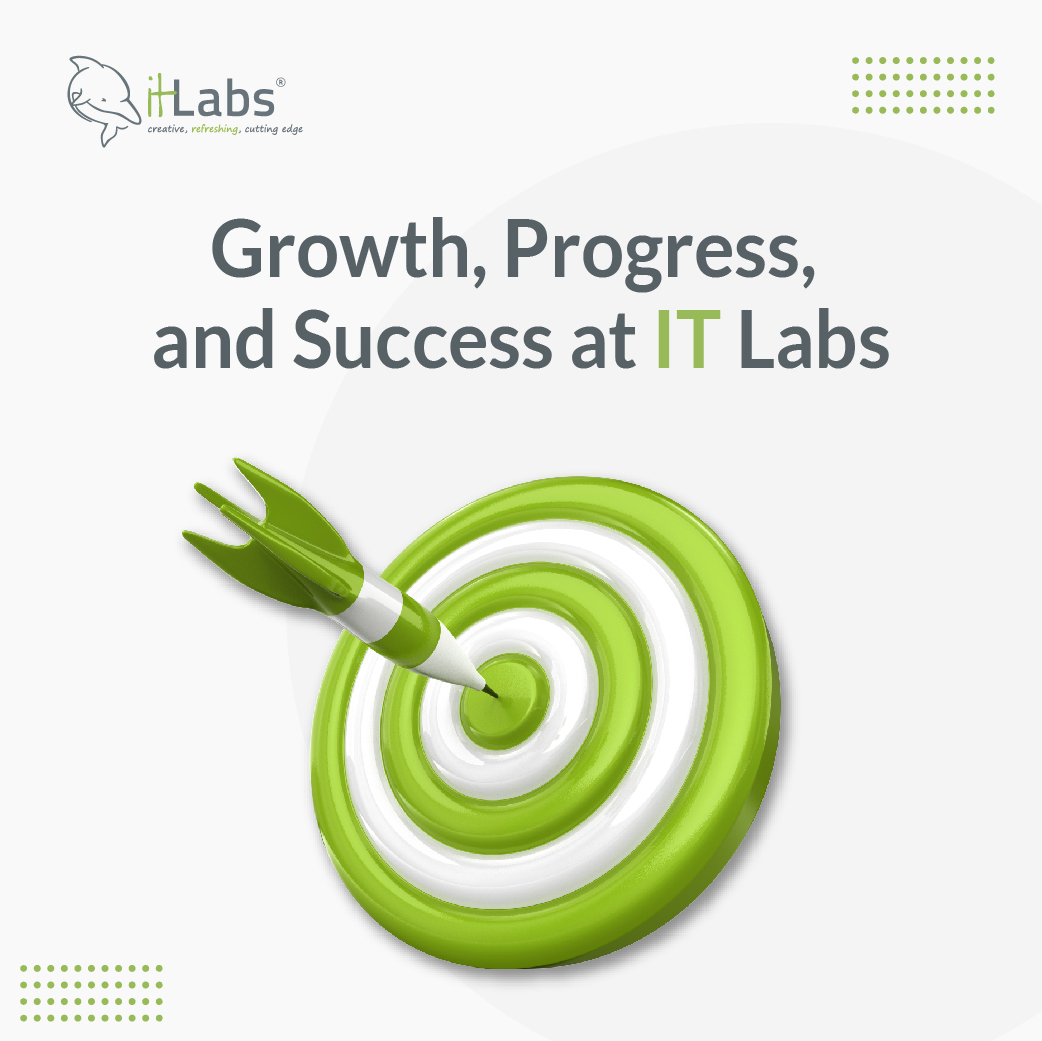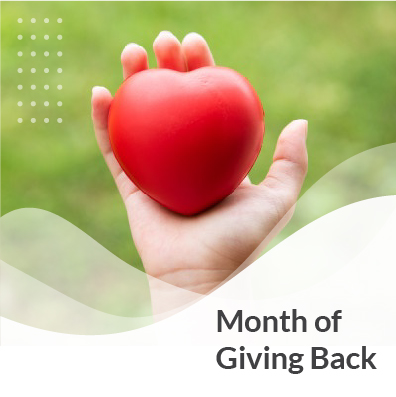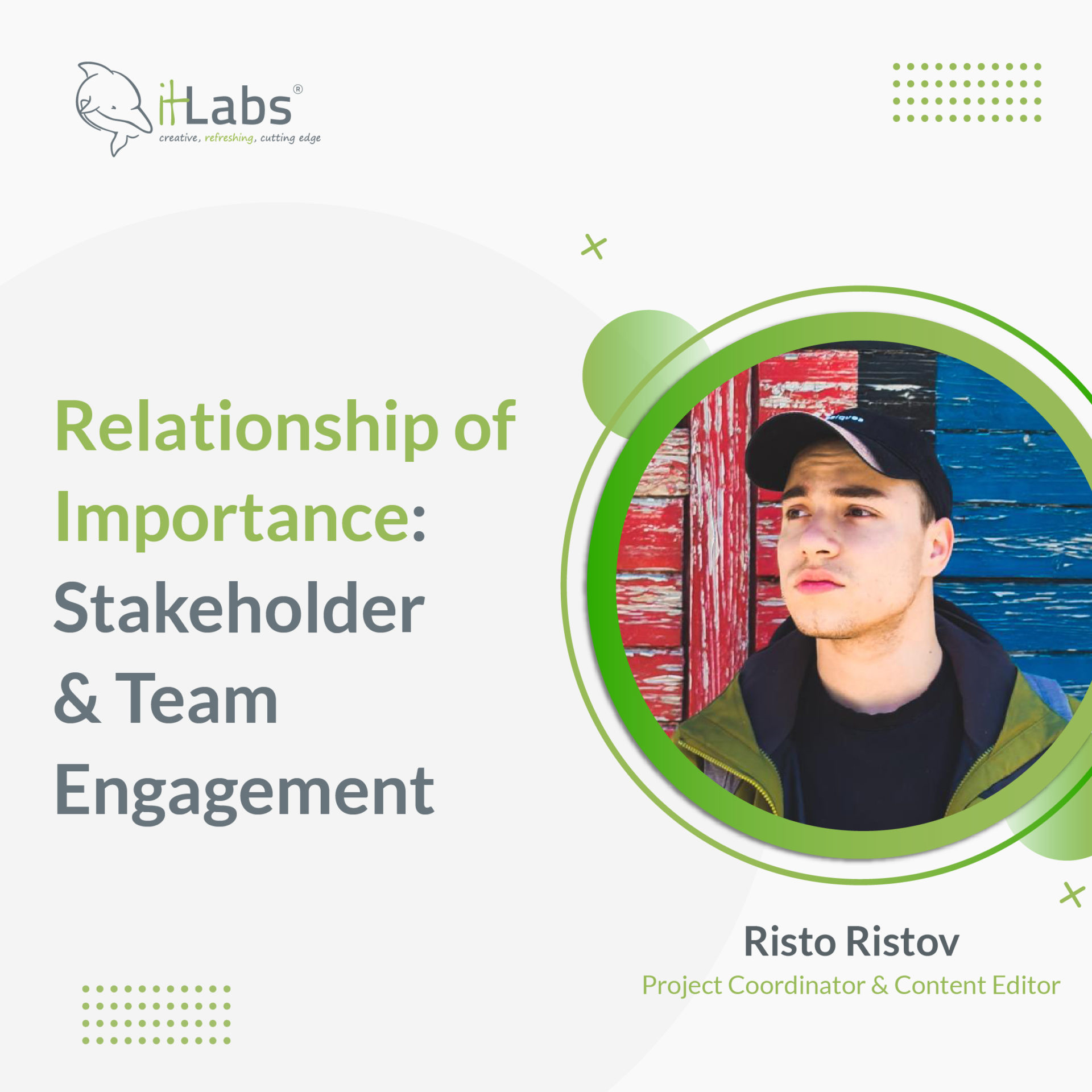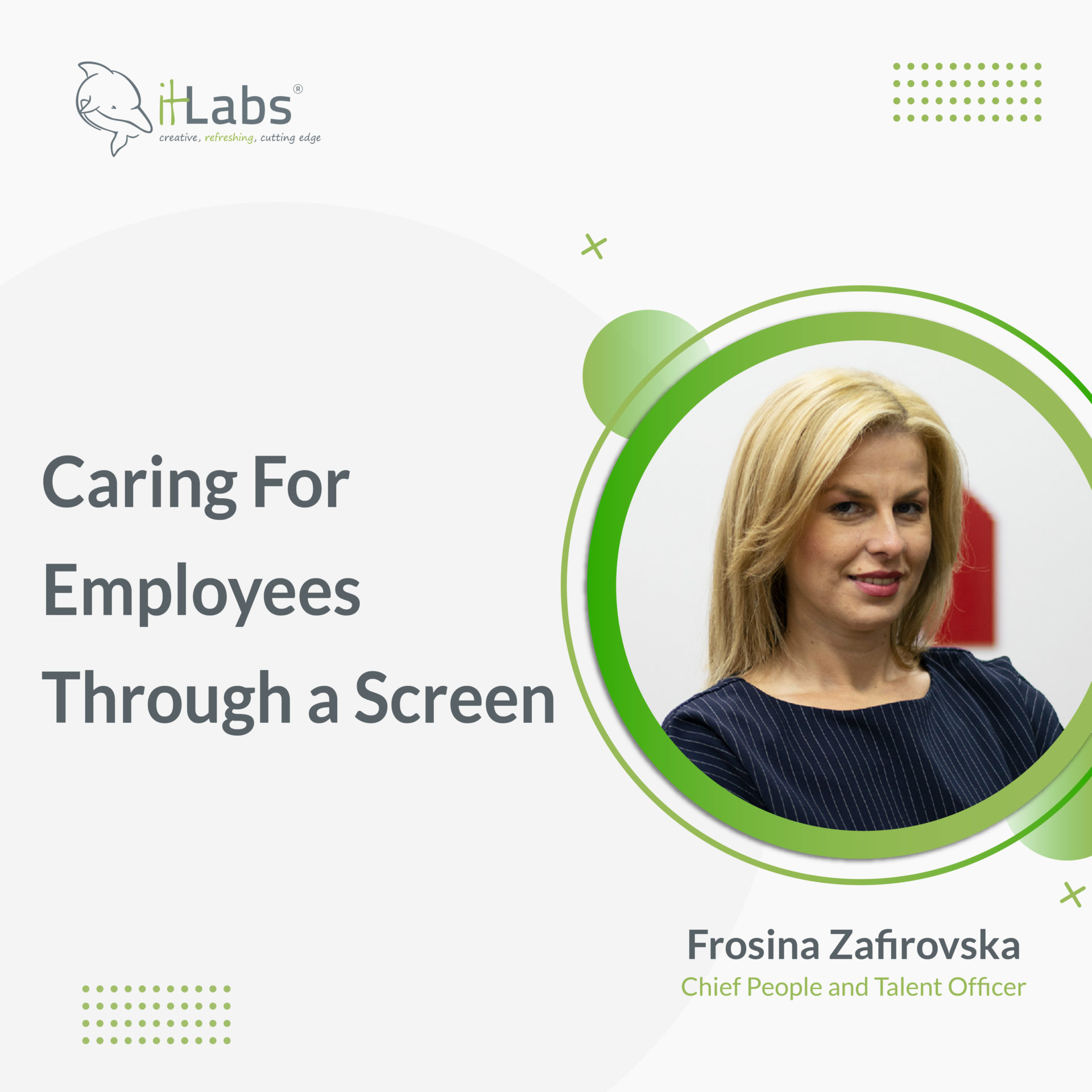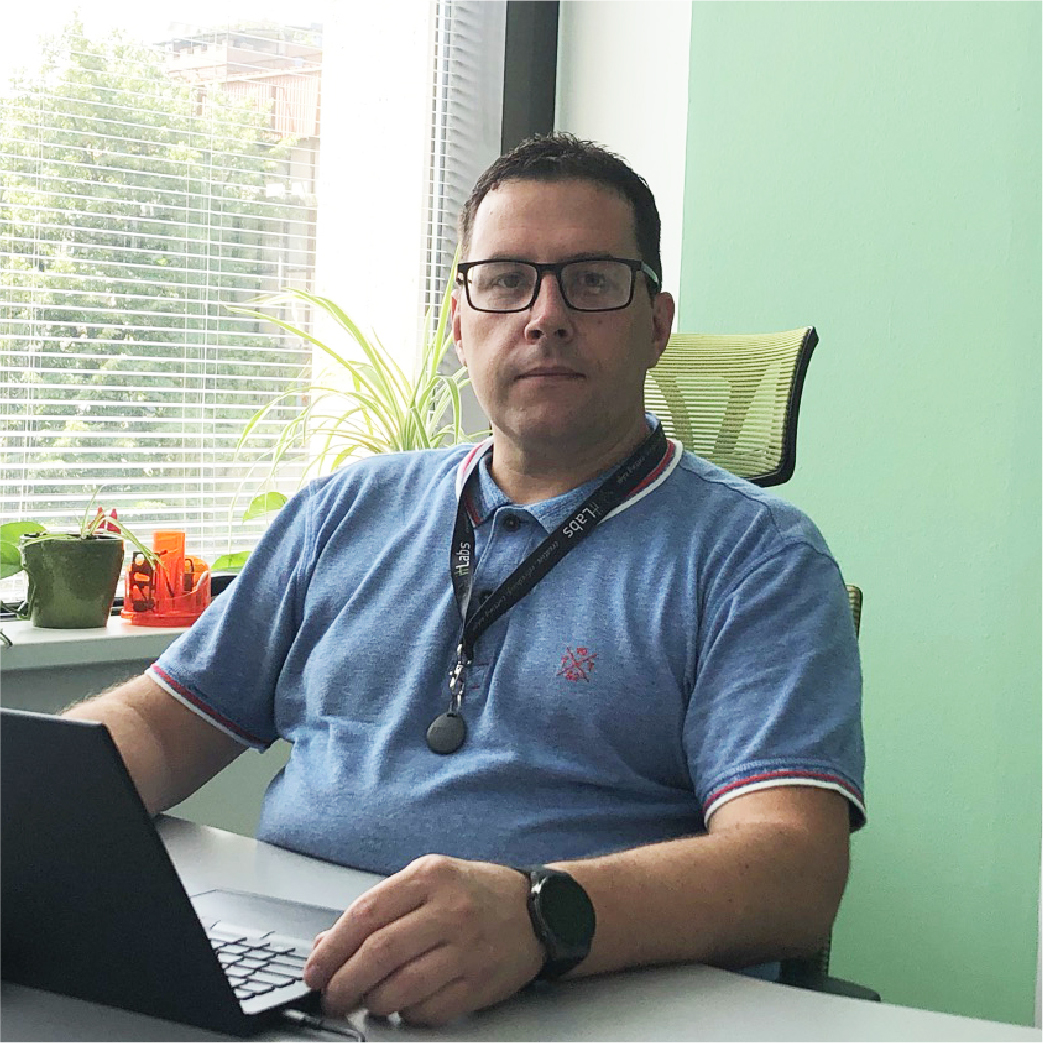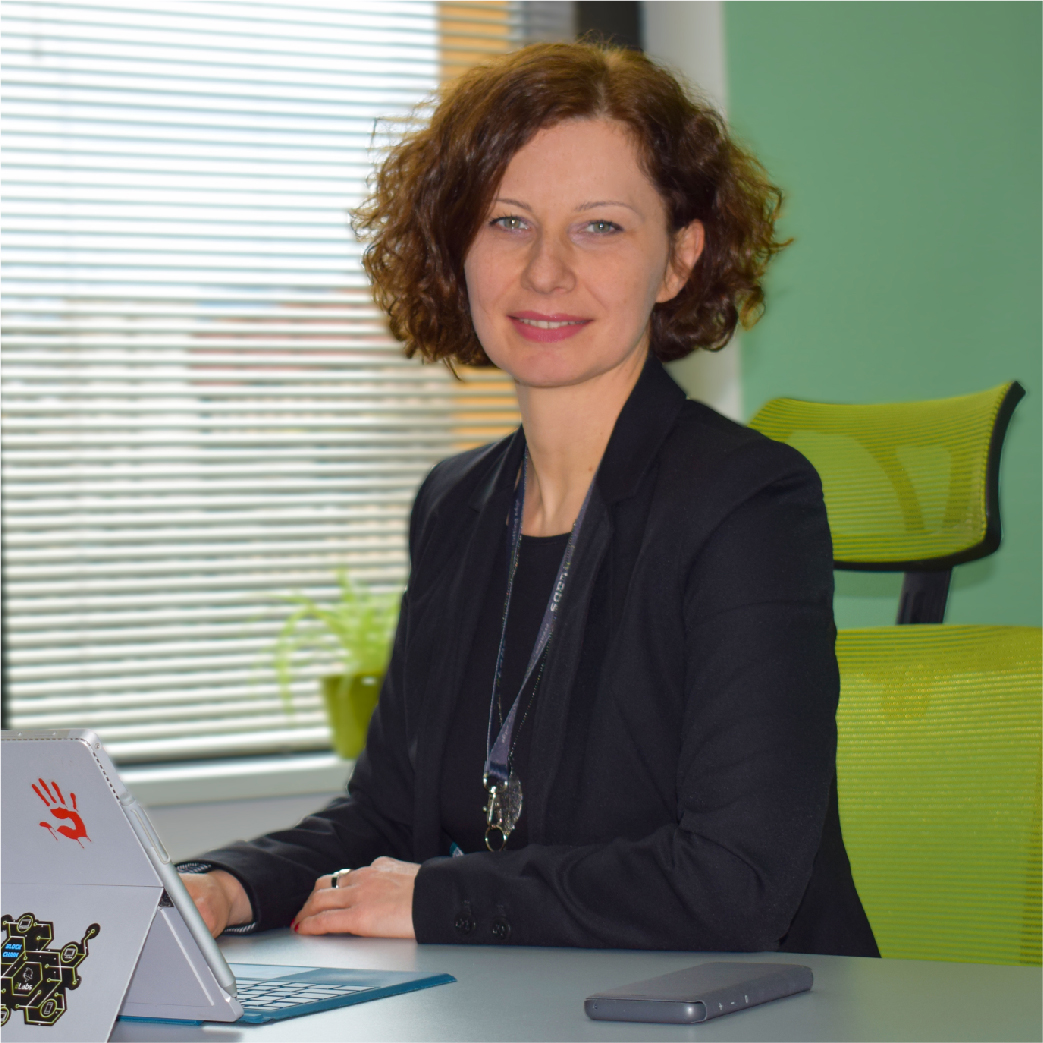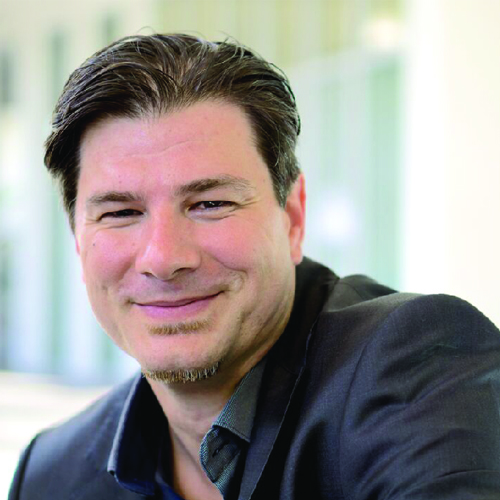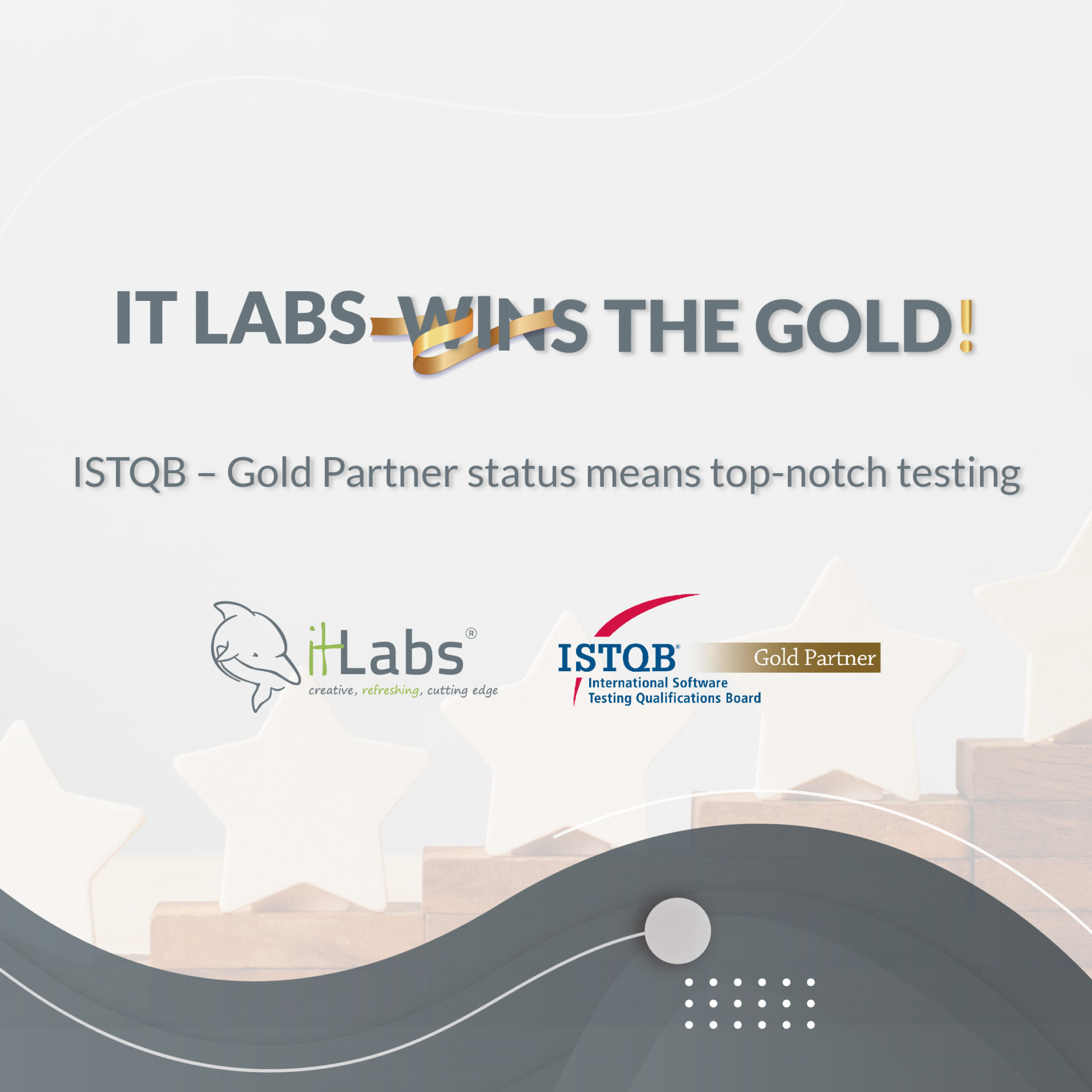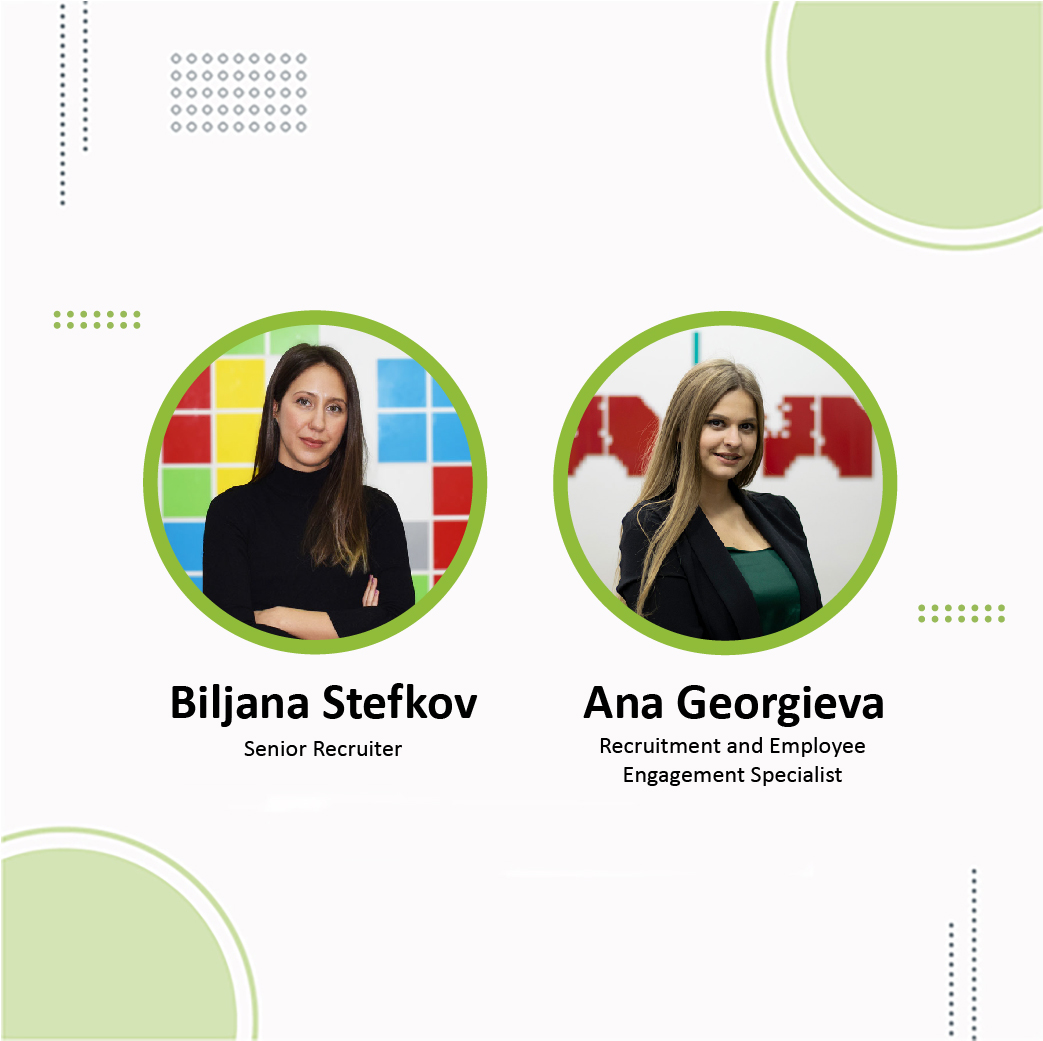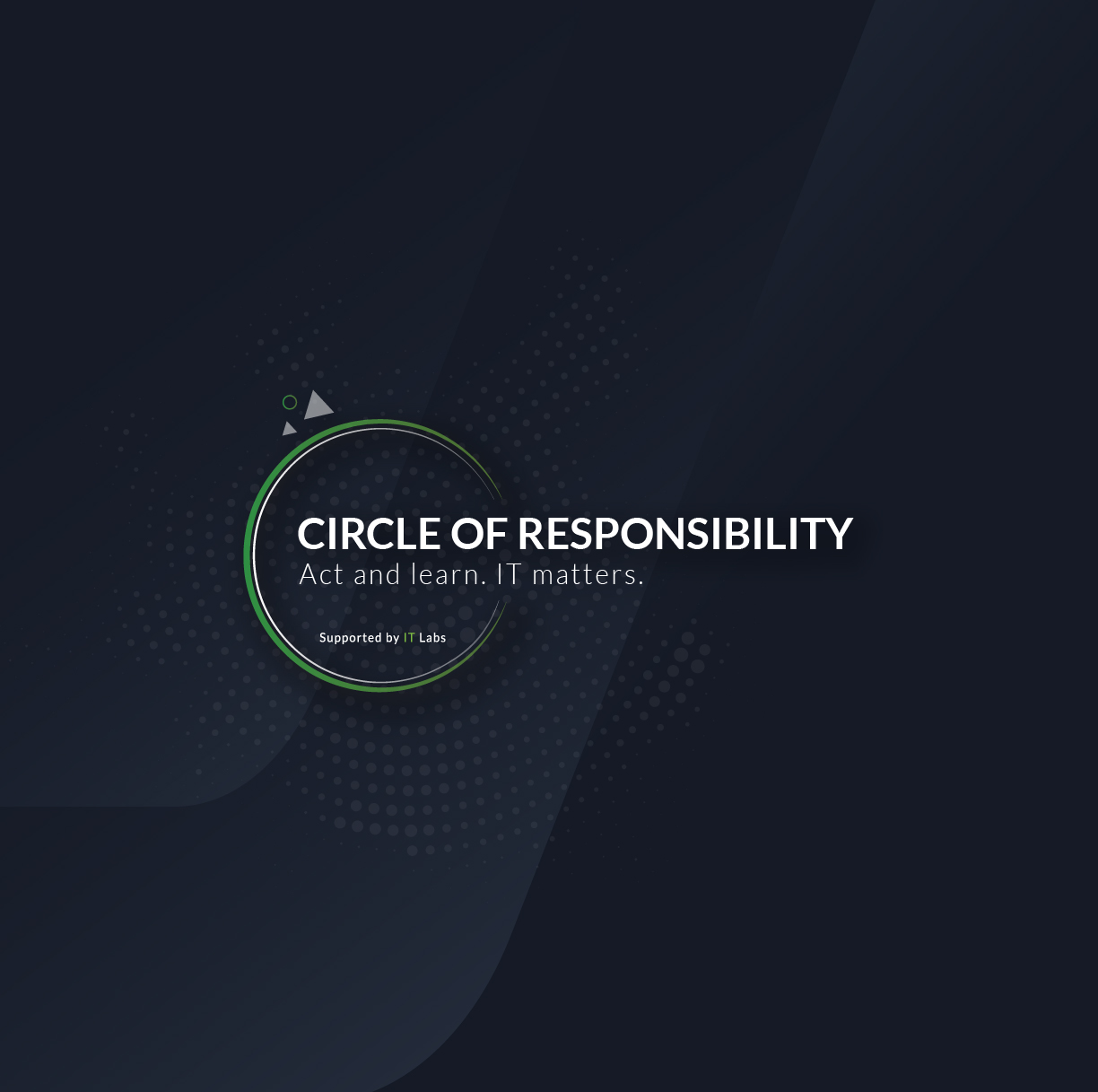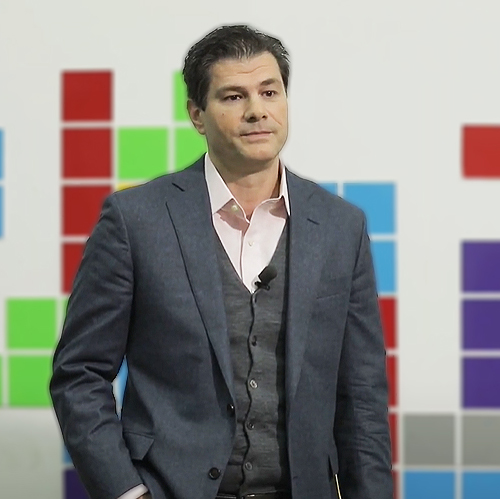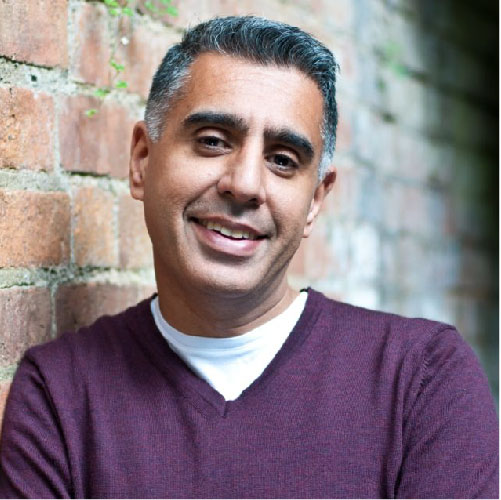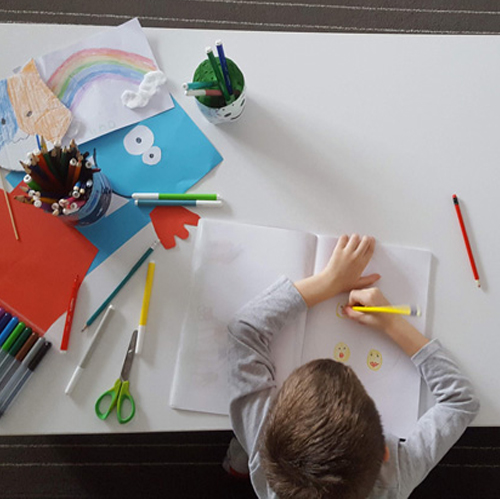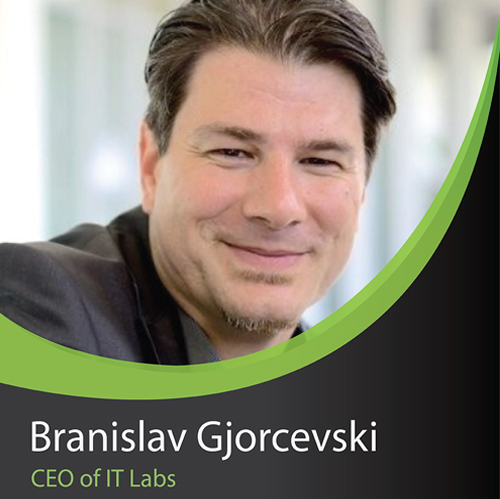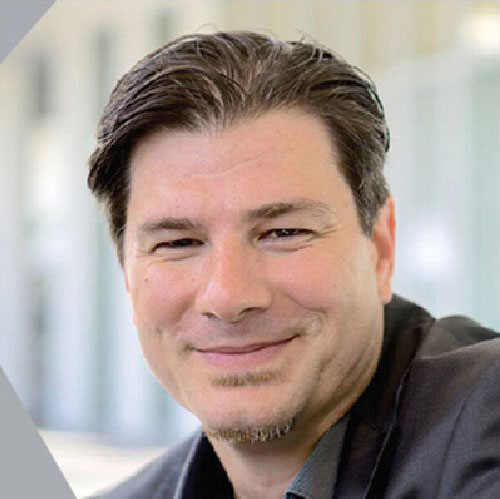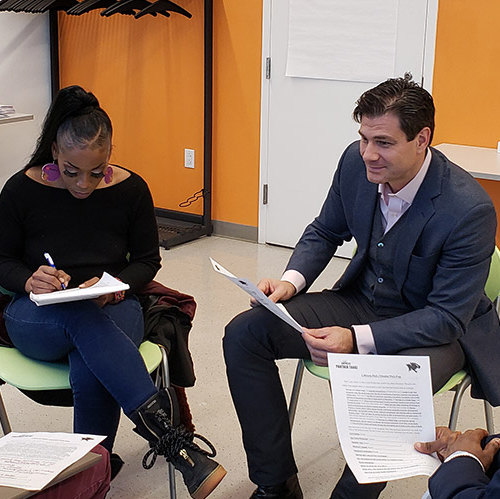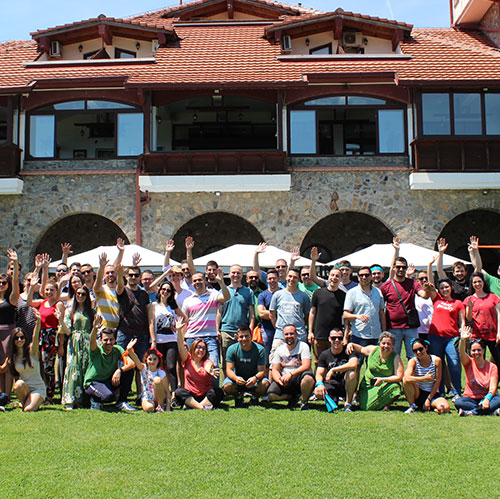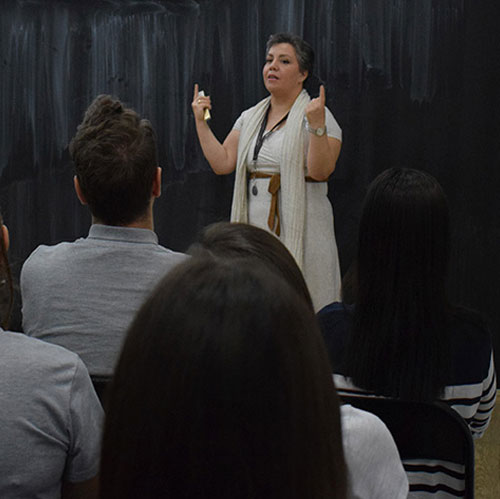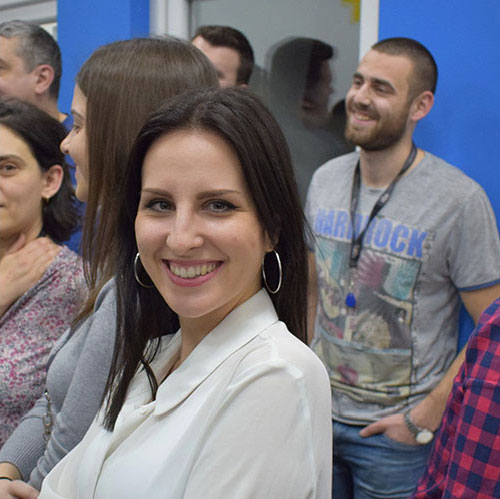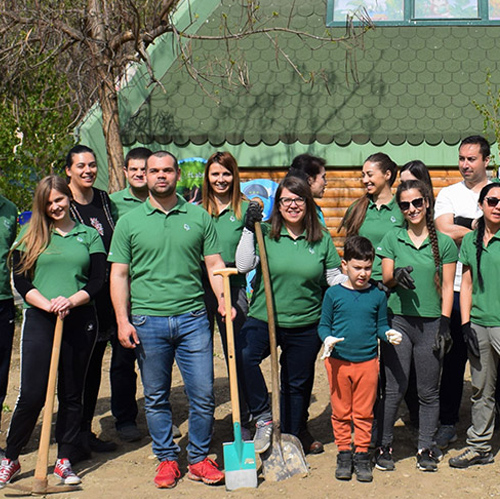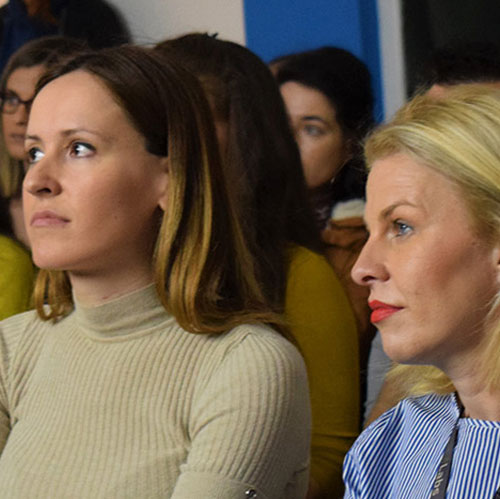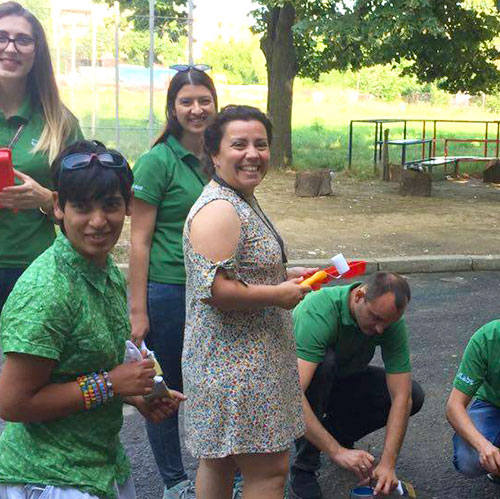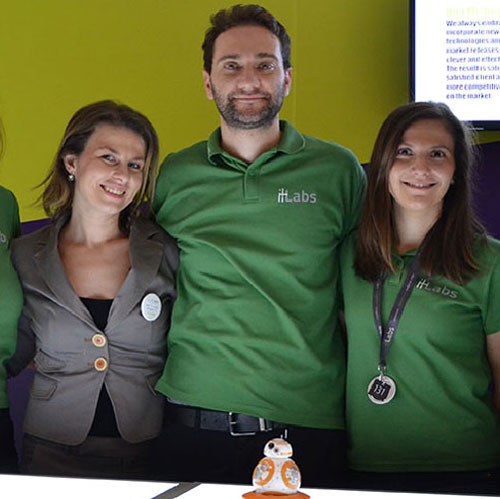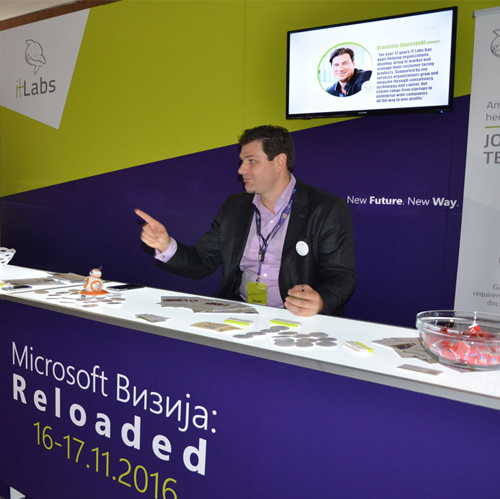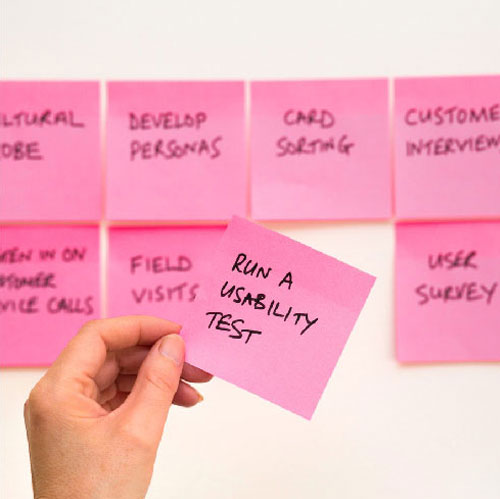
Zorica Redzic
Project Manager at IT Labs
With everyone around the world struggling to cope with the pandemic in the last year and a half, the talk about work-life balance – already a hot topic – turned from something we talked about, to a pressing issue.
The reason? Well, the lives we loved living were no longer an option. We had to adapt to the new normal, and in it, achieving work-life balance is something that can be the difference between living life to the best of our abilities and settling for something that is way below what we’re capable and deserve.
Like most, I’ve spent many hours figuring things out and finding my way around in these extraordinary circumstances, but something along the way just “clicked”. I was where I needed to be, and I was comfortable – work was getting done, and life was lived.
Just to put it out there – this is NOT a self-help article. I won’t tell you what to do, nor how to do it, as achieving work-life balance is different for everyone. This is just my two cents and my experience – a brief outlook on what has worked for me, Zorica Redzic, as a person and a project manager.
Let’s go.
On Reassessing Priorities
Dreaded, foreseeable, yet paramount – reassessing and resetting priorities. I, for one, dove head-first into this by pulling all the aces I had up my sleeves. Improvising left and right in all aspects of my work – from managing people to getting things done.
Did it work? Yes.
Was it the best way? Read the answer to the previous question.
While winging it has been a success for me, it doesn’t mean that it will be for anyone, nor should it be considered as a long-term solution. That’s why I set about reassessing priorities but from a laxer perspective. I started out by rooting them in general concepts, all captured in one simple personal motto that gave me both the freedom and energy to keep going – “there’s always work to be done, but don’t get stuck doing something that doesn’t fulfill you”.
I know, I know – it’s a cliche. But it works. I didn’t reevaluate my job position or the company I worked for – I did it with my tasks and day-to-day tasks. I simply focused more on the things I wanted to do, and treated it as a reward and an energy booster to do the things that were both time and energy-consuming.
This balance between the wants and the needs is the core of what I as a project manager found to be the golden ratio in my endeavors. In the bigger picture, this helps you establish a reward system – by you, for you – which can be a never-ending source of motivation.
The reason I talked about all this? The same thing applies to real-life situations. And this is not only something we need to do, it imposes itself as something we should definitely strive for, as focusing too much on the work part means leaving out the life part – and that’s a recipe for disaster. Rinse-repeat the same thing, and voila – a step closer to balance.
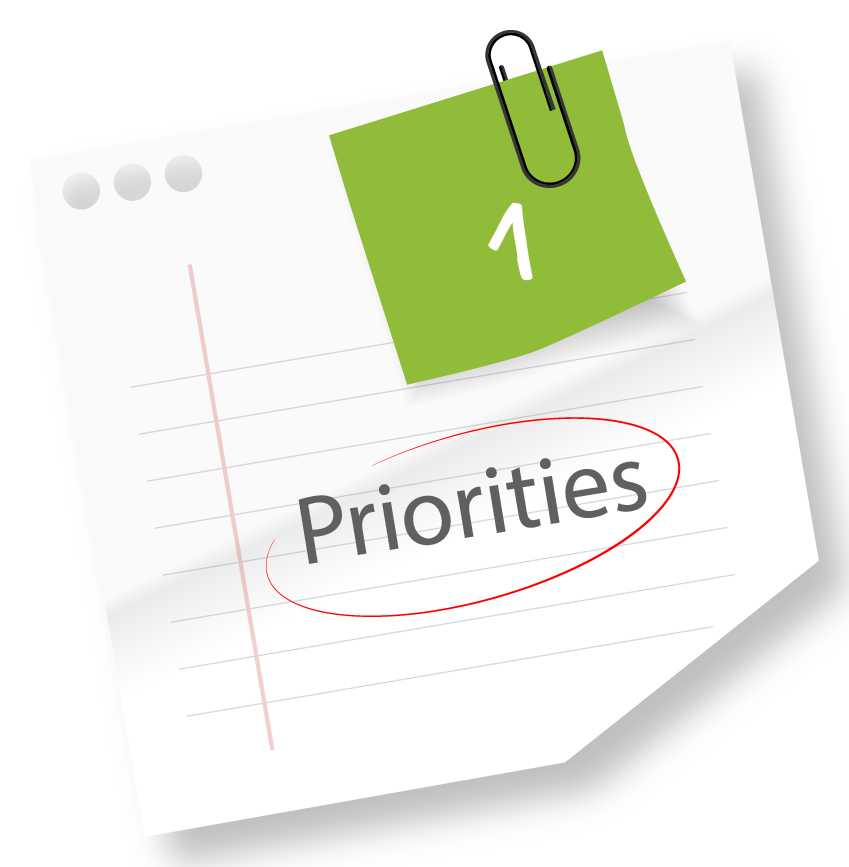

Finding Opportunities to Grow
The invisible pink elephant in the room – with the world at a standstill, how do I keep growing? How do I find the pockets of space, time, and energy to maintain my learning curve?
I didn’t just drown into all the material available on the web. Because learning opportunities don’t just come in the shape of courses, meetings, feedback sessions, webinars, and workshops – it’s about making the space for it.
Making the time and space to learn and develop as a project manager sounds impossible, right? But it isn’t. I set about delegating tasks and responsibilities to willing team members with the goal of enabling them to grow into their roles. I was then left with pockets of time and space in which I was free to do develop.
This was somewhat unexpected, but then it hit me – ‘you need to give in order to receive’ – an adage as old as time itself resonating in extraordinary times. This all led me to a simple conclusion – the circumstances have changed, but our values and principles need not. We still need to do what we’ve always been doing. It’s just the shape and this uncomfortable feeling around it all that somehow paints it all black.
Dear Project Managers, keep diving into your leadership and team-growing methods.
The Little Things That Make A Big Difference
As creatures of habit, any change to our everyday activities can be debilitating, and detrimental to our mental health and productivity. We all have our small morning or mid-day rituals, which whether we like it or not, play a big role in how we feel and how we go about our days.
I thought of my habits as being bound by certain processes and external circumstances, when in fact, I was bound by doing them. For example, getting up everyday and going through the whole work-prep was really important to me – washing up, working out, dressing up, breakfast, putting makeup, etc. – but is there a point to all these when you don’t go out and don’t have the chance to experience them in the same way as usual?
The answer is yes.
As a project manager, I figured sticking to my habits and going through my morning plan kept me at my best, and not just in terms of productivity, but also in leading. As someone responsible for the well-being of his team, leading by example is the way to go. No, I’m not talking about pretending everything is fine and ignoring all the problems – I’m talking about showing your team that when the going gets tough, putting in the work to maintain your ways and can be incredibly liberating and comforting.
A morning person or not, we all do certain things that give us that sense of stability, a certain way in which we start and go about our day, a ritual of sorts – and while it’s something we rarely pay attention to, it can do wonders in helping us be at our best selves day in, day out.
Managing on Video
Even with all the tips and tricks, the structure, the awareness, the leading, things will go sideways from time to time. Your team(s) will suffer from dips in motivation and creativity, and sometimes will struggle – and the same can happen to you.
And then, there’s the worst-case scenario – you’re having a rough day, and a member of your team is going through something as well. When I first got in this kind of situation, I was literally at loss for words – and action! I was unable to even comprehend what was happening, and had no idea how to resolve this. I didn’t have the person in front of me, that direct, tete-a-tete moment was lacking, and I was unable to even get out of my own difficult situations.
After winging it a few times I realized that the thing that will work time and time again is to have a purely human moment. Listen, reflect, share, offer support, and make the necessary steps you believe need to be taken to come to a resolution. And of course, assurance. Don’t forget that this void of activity is affecting everyone, and that sometimes team members just need to know that it’s okay for them to take a break and reflect.
Showing understanding is one thing, acting on it is the hard part – that’s what will help you keep your team happy, and bring solidity in these times of uncertainty.
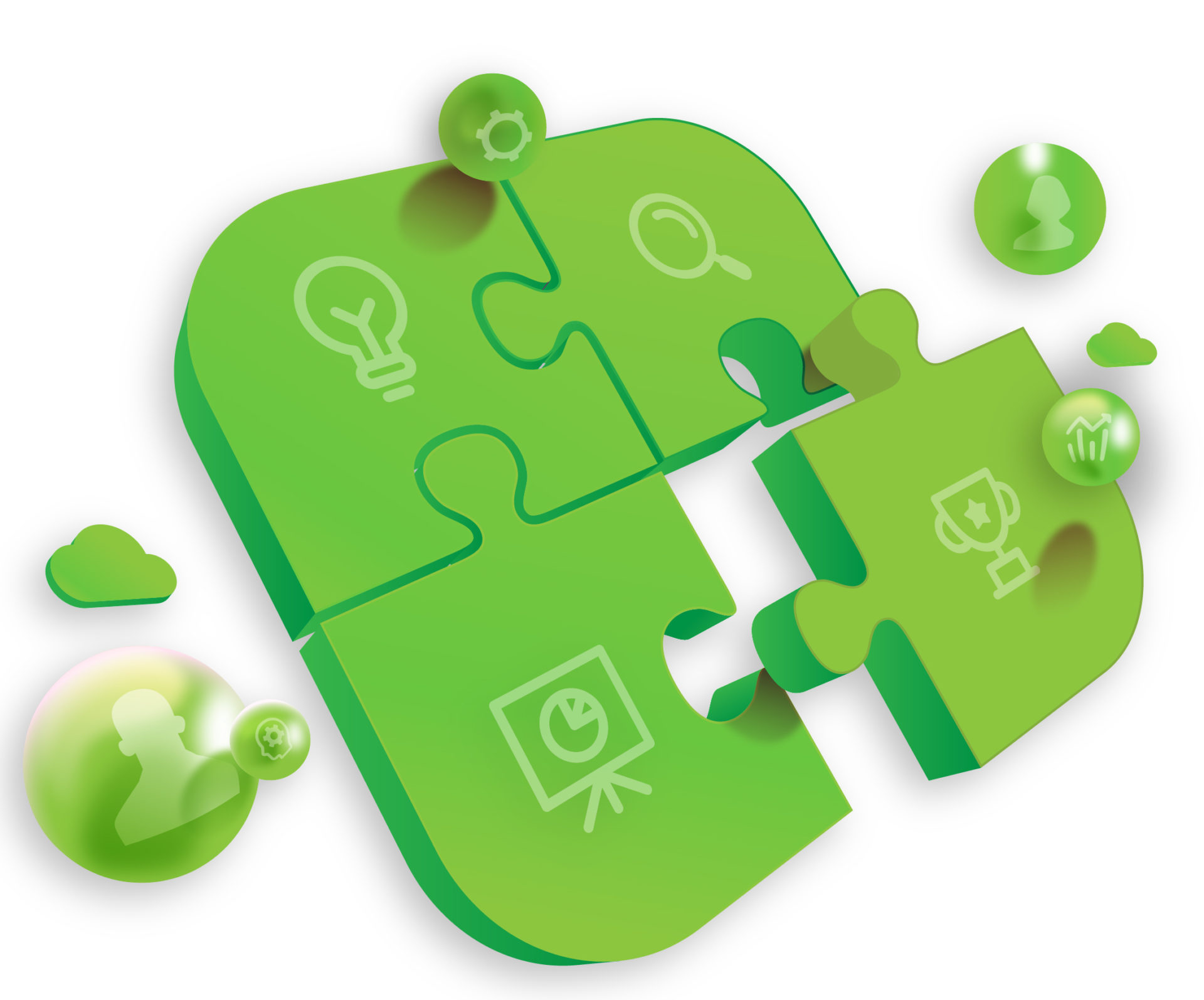
Final Words
For anyone jumping into this article with the hope of learning a groundbreaking idea – I’m sorry. The internet is just filled with hundreds of thousands of pieces on how to stay productive, how to keep teams productive, how to stay happy, etc. – and this piece is not that.
Yes, our professional and personal lives changed drastically – but does this mean we have to change our values and what we do? No – we just need to change the way on how we do it.
So Project Managers and not-project managers, there’s no need to reinvent the wheel, or our lives for that matter. We already know what sticks, so it might be best to stick to what we know.
Zorica Redzic
Project Manager at IT Labs
































